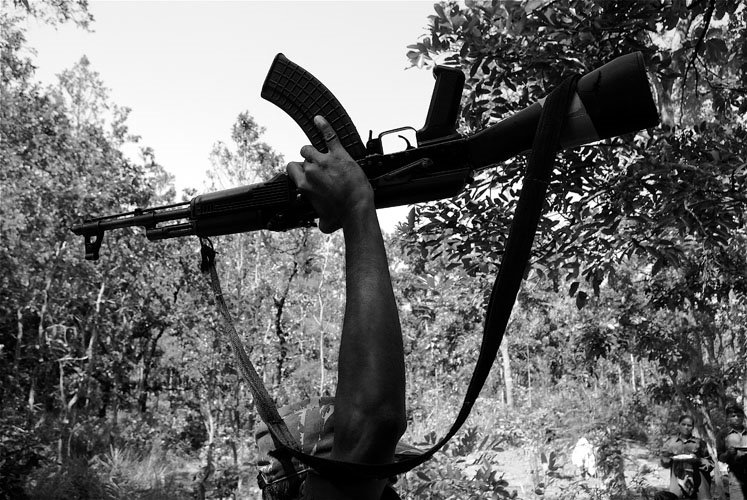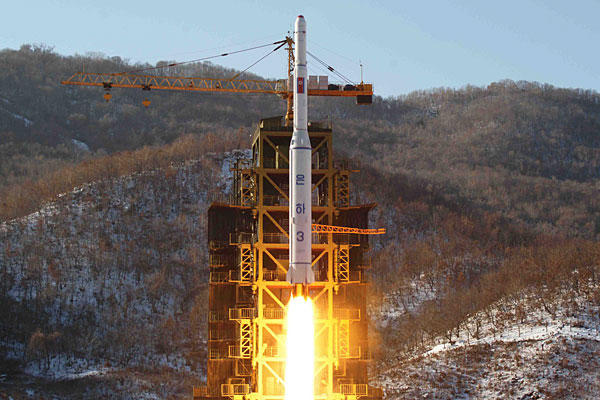The Clausewitzian Century
The term “asymmetric warfare” is an increasingly discussed concept in think-tanks, militaries, and at NATO Headquarters. While previous major wars organized themselves around symmetrical goals and objectives, the character of asymmetric war is an increasingly relevant debate considering that modern combatants operate globally, sometimes behind computers and in remote areas.
Asymmetric warfare is often misunderstood for war theory or strategy. A military that masters one asymmetric conflict is rarely prepared for another. The mindset of a conventional army engaged in an asymmetric war has a completely different set of interests, values, and goals than its asymmetric enemies. Additionally, no one culture, region, or nation-state has a monopoly on the use of asymmetric warfare because, as John Keegan argues, cultures express war with their own set of defined rules and asymmetry cuts across many of them. For example, in the Vietnam War, the U.S. forces were seeking a complete surrender from the Viet Cong (VC) and North Vietnamese Army (NVA), nothing less would satisfy U.S. operational commander General William Westmoreland.
Knowing that the U.S. possessed a greater military with air superiority, the VC and NVA were not interested in winning a decisive, Clausewitzian war, complete with triumphant public parades and medal ceremonies. Instead, they sought a less intense and prolonged achievement: the withdrawal of the American operation and the imposition of a unifying communist government. Trading the tactical successes of carpet-bombing, napalm, and air superiority for strategic failure, the U.S. government was pressured by their public opinion, an unprecedented anti-war movement that demanded the decision to withdraw. Support for VC among rural Vietnamese was already solidified from the Indochina War. In the eyes of many villagers, France’s imperialist motivations were simply taken over by the United States. Neglecting to change hearts and minds, the United States operated in an environment that was not conducive to a conventional military victory.
[captionpix align=”right” theme=”elegant” width=”320″ imgsrc=” http://natoassociation.ca/wp-content/uploads/2013/06/vietcong.jpg” captiontext=”Vietcong soldiers. “]
Asymmetric warfare often generates an important strategic question: what are the goals of the asymmetric army? The goals are often related to rectifying problems from history and avenging past grievances. In achieving strategic goals, insurgents, bandits, or gangs (to name a few) operate by a different set of rules, refusing to wear identifiable combatant clothing and ignoring the international rules of war outlined in the Geneva Convention.
Conventional militaries require clear and decisive goals. This is difficult to achieve considering most asymmetric wars last for many years. Believing that an overwhelming display of force is a substitute for understanding the goals in an asymmetric conflict is a recipe for disaster. It will not expedite a war but prolong it. The most destructive war in human history, World War II, lasted six intense years culminating in approximately fifty million dead. Wars of asymmetry rarely have such defined boundaries. The War in Afghanistan is double the length of World War II. Despite NATO forces pulling out in 2014, a force of approximately thirty thousand Taliban fighters continues to operate in the mountainous regions of the country. There are no clear signs that a decisive victory is certain.
A New Era
When discussing values, it is clear that the nation-state has policies that will reflect their beliefs and purposes of war, while an insurgency or guerrilla army uses policy adapted to its enemies, making changes to suite operational conditions. It has become a recent tradition that liberal democracies, which are accountable to their citizens, attempt to install a democratic value system following the completion of a war along with institution-building and development. Following the Iraq War, the United States has attempted to rebuild the country with free elections, civic institutions, and a functioning market economy. But low-intensity insurgency continues to disrupt an effective transition to democracy.
In the twenty-first century, a variation of asymmetric warfare has developed in many weak or failed states, primarily in Africa, involving gangs of criminals interested in exploiting pre-existing conflicts to reap large profits. These groups are not ideologically driven and do not share a larger vision for the future of the state they inhabit, but are simply functioning as a business, sucking the blood from the collapsed market. Armed criminals in the Sahel Desert continue to expand their drug trade exploiting the war in Mali. In Somalia, pirates patrolling the Gulf of Aden have turned their “industry” into a multi-billion dollar operation, attracting worldwide attention and commanding a presence in the global media. Likewise in the Democratic Republic of Congo, armed groups of intoxicated bandits plunder villages to keep their operation sustainable. For many, this life represents not only a way out of poverty, but also an identity. With no hope for jobs or education, disadvantaged young people commit acts of violence to feel empowered and a sense of belonging. The gang provides the basic necessities of life and can function like a family.
[captionpix align=”right” theme=”elegant” width=”320″ imgsrc=” http://natoassociation.ca/wp-content/uploads/2013/06/RAF-Logo.jpg” captiontext=”Ideologically-driven groups, such as the West German Rote Armee Fraktion (Baader-Meinhof Gang) of the 1970s, have been replaced by profit-seeking groups. “]
The criminal element in modern insurgency is a shift from past conflicts, where ideology was the prime motivation for combat. Insurgencies and terrorists in democracies such as the Red Army Faction – Baader-Meinhof Gang (RAF) in West Germany and the Provisional Irish Republican Army (IRA) in Ireland ceased their operations because of ideological and political reasons. The fall of the Soviet Union deflated the Red Army Faction’s confidence in their communist aspirations. The 1999 Good Friday Agreement, achieved after years of backdoor political deal making and diplomacy over several British governments, convinced the IRA to end their militancy and achieve their goals through democratic political process.
The modern character of asymmetric warfare, complicated by insurgencies, terrorists, and criminal gangs, is continuously evolving. Globalization and technology have created modern insurgents that do not play by twentieth century rules. Military alliances like NATO must become students of history and carefully develop effective counter-insurgency strategies to respond to the new era of asymmetric threats.




